The event was held to celebrate National Day September 2 and the 45th anniversary of the establishment of the Ho Chi Minh City Museum of History, and the 95th anniversary of the establishment of the Blanchard de la Brosse Museum - the first museum in the southern region, the predecessor of the Ho Chi Minh City Museum of History.
Among them, we must mention the collection of celadon ceramic artifacts from the Song Dynasty (11th - 13th century) that brings special emotions to viewers, including: blue-white glazed ceramics, white glazed ceramics, monochromatic glazed ceramics and three-color and five-color glazed ceramics from the Qing Dynasty, 17th - 19th century; a collection of ivory materials with sophisticated and elaborate carvings; a wooden Buddha statue painted with vermilion, gilded, and inlaid with metal sitting in the Vajrasana style, with two hands in a contemplative posture; wearing a robe with cloud and lotus borders and a small sitting Buddha statue; spiral curls; a pair of bronze lampstands with enamel and metal cores, which are precious artifacts demonstrating the development and transformation in Chinese enamel and metal core manufacturing technology...
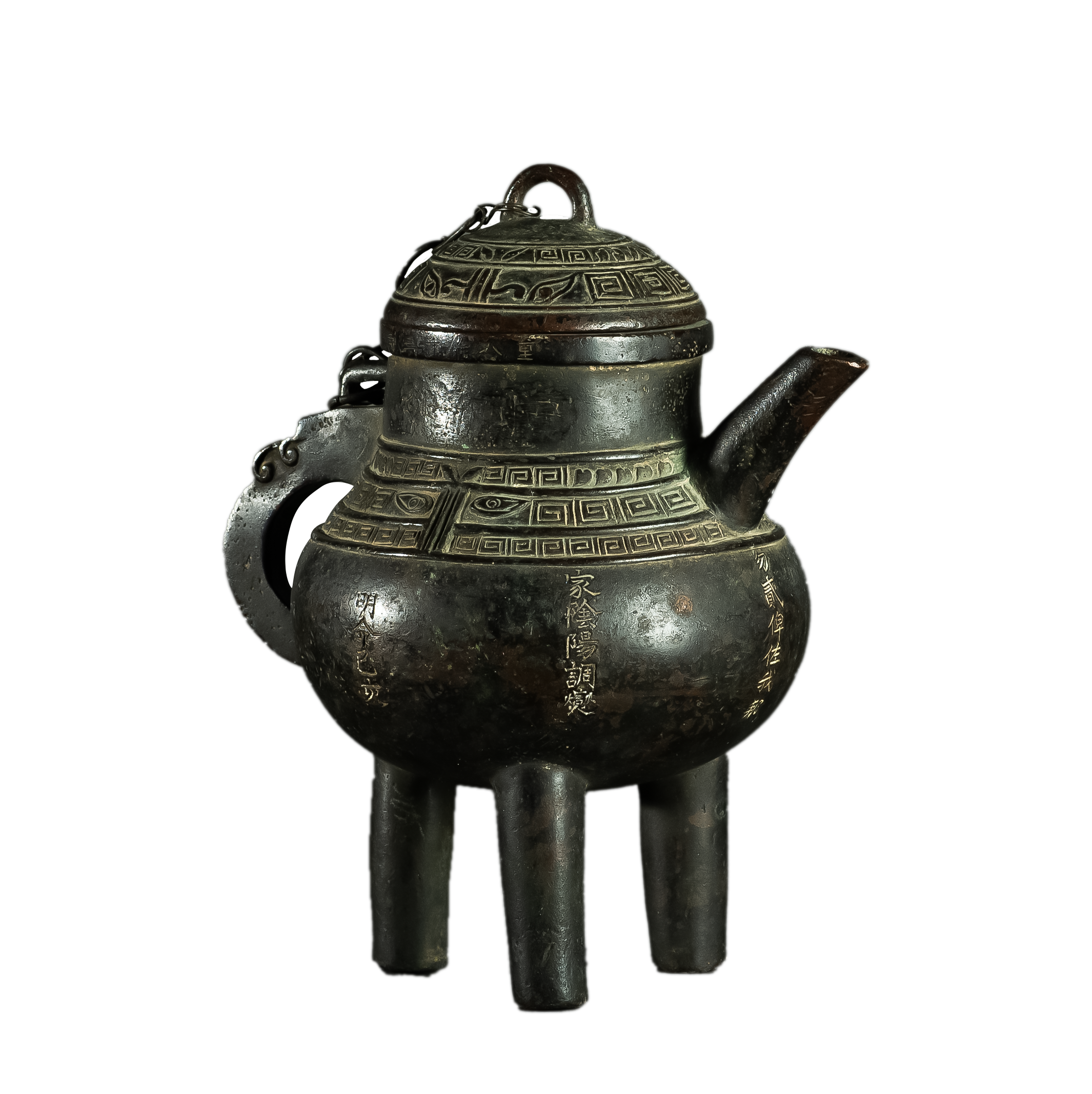
Teapot (imitation of "Phu Phu Dinh teapot of the Shang Dynasty") - Minh Mang antique - 1839
The Japanese Satsuma pottery line in the Ancient Wonders section is also extremely outstanding. Born in the Edo period of the 17th - 18th century, inheriting the Hizen pottery technique combined with learning the techniques of the Koreans, Satsuma is considered to have reached the pinnacle of pottery art. Through the skillful hands of artisans, Satsuma pottery inherits all the elements to create the most brilliant specimens in terms of color and glaze. On the smooth porous core of Kyusu soil in southern Japan, covered with a layer of smooth crackle glaze, the outside is painted with many colors combined with gold powder, making the faces of each character appear very expressive. Thanks to that, the reputation of Satsuma pottery has crossed the ocean and spread to Western countries. Satsuma pottery not only dominates the domestic pottery market in Japan but is also exported, especially to the European market through the ships of the Dutch East India Company.
Many Hindu and Buddhist statues of India made of unique materials such as sandstone, metal, wood; Hindu temple relics or folk art forms conveying the epics Ramayana, Mahabharata, in the form of reliefs on architectural works, carvings and folk poetry, shadow puppetry... also reveal their "faces" at this large-scale exhibition.
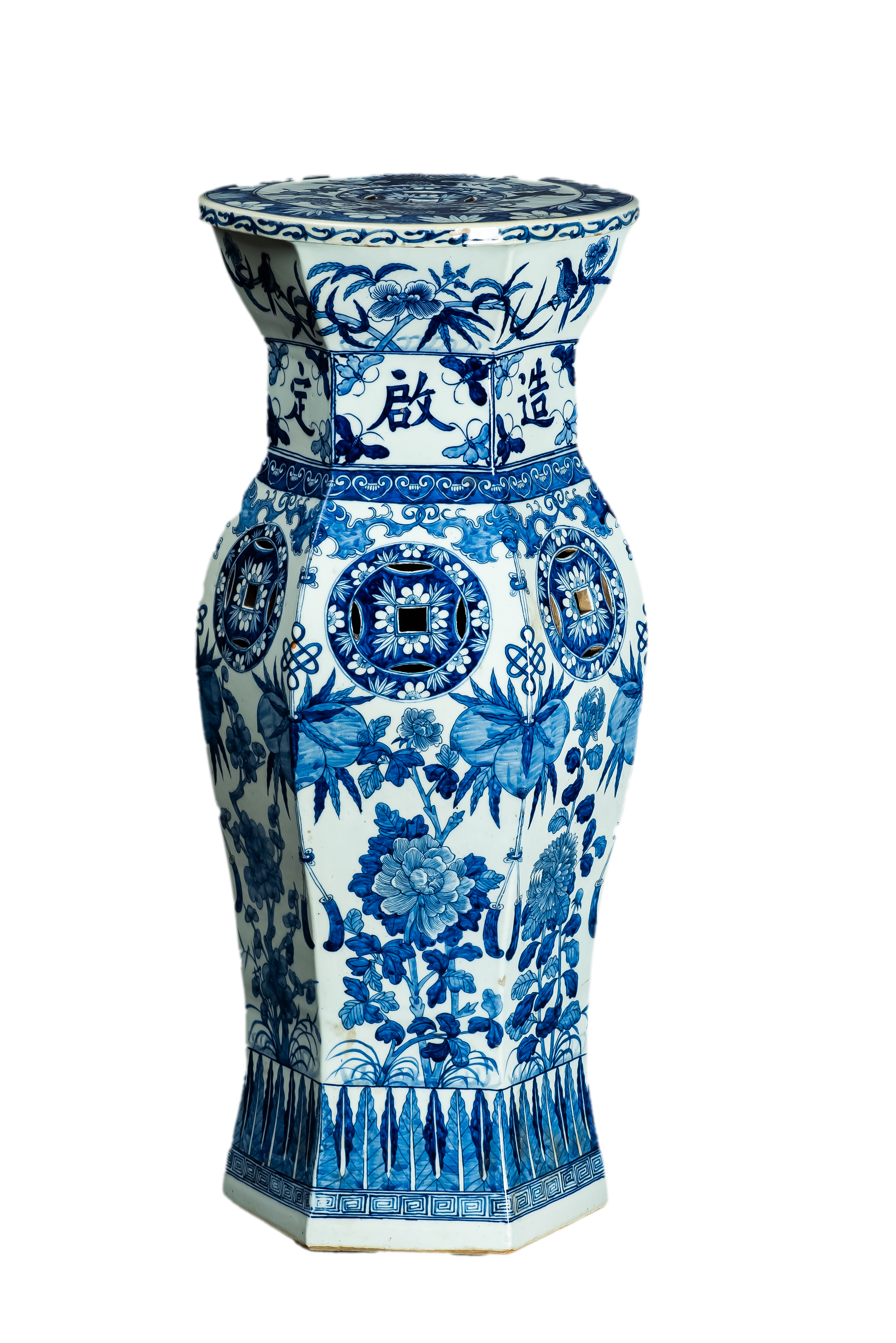
Khai Dinh Dynasty pedestal in 1921
Vietnamese Creativity "Meets" Eastern Culture
Vietnam is an Eastern country with a long cultural history. Located between two great civilizations of the world , India and China, our country has the opportunity to exchange and absorb the best elements to enrich the national cultural identity.
The first traces of Vietnamese art appeared through paintings on cave walls by prehistoric people. In the prehistoric period, the art of ancient Vietnamese people gradually took a clearer shape through patterns on some crude pottery, bronze objects and most notably on the surface of Dong Son bronze drums. During the feudal period, there was a brilliant development through each dynasty.
Therefore, when viewing the artifacts at the Ancient Wonders exhibition, viewers will notice that the materials used are very diverse, such as stone, wood, ceramics, bronze, etc.; the themes are also very rich, from natural flowers and leaves to mythical animal images, etc., making many products highly artistic, such as the Chu Dau ceramics of the Le Dynasty. Based on traditional materials, Vietnamese artisans have also created many new manufacturing techniques: lacquered bronze, bronze inlaid with three metals, etc., creating a unique identity for Vietnamese culture.
It is known that appearing in the early 19th century, tam khi bronze is a creative form of artisans in Bac Ninh when using three precious metals (gold, silver and red/green/black copper) inlaid into the surface of the product. Although appearing late, with the advantages of beautiful colors, vivid themes and expressive meaning, this product quickly became popular in the market. Not only popular among the people, tam khi bronze also appeared in the Nguyen Dynasty's royal court. With two main groups of worship objects (worship statues, lamp stands, incense burners, incense burners) and household items (boxes, incubators, wine bottles), tam khi bronze products..., demonstrate the uniqueness and sophistication of Vietnamese bronze casting art, creating a highlight for the "meeting" of Eastern culture. Ancient Dong Wonders , is attracting visitors to the Ho Chi Minh City Museum of History.
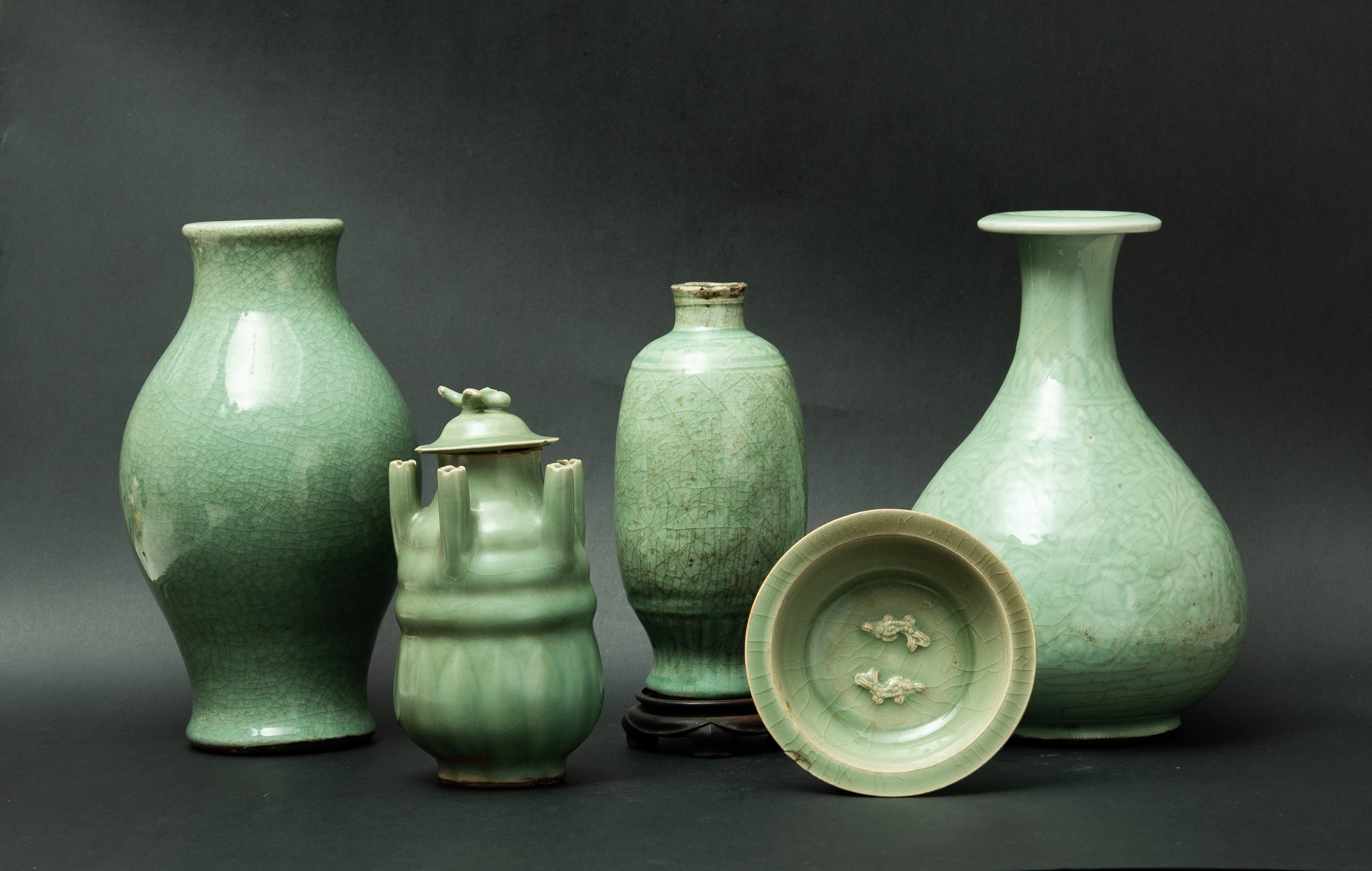
Song Dynasty celadon pottery, 11th - 13th century - Gannay collection
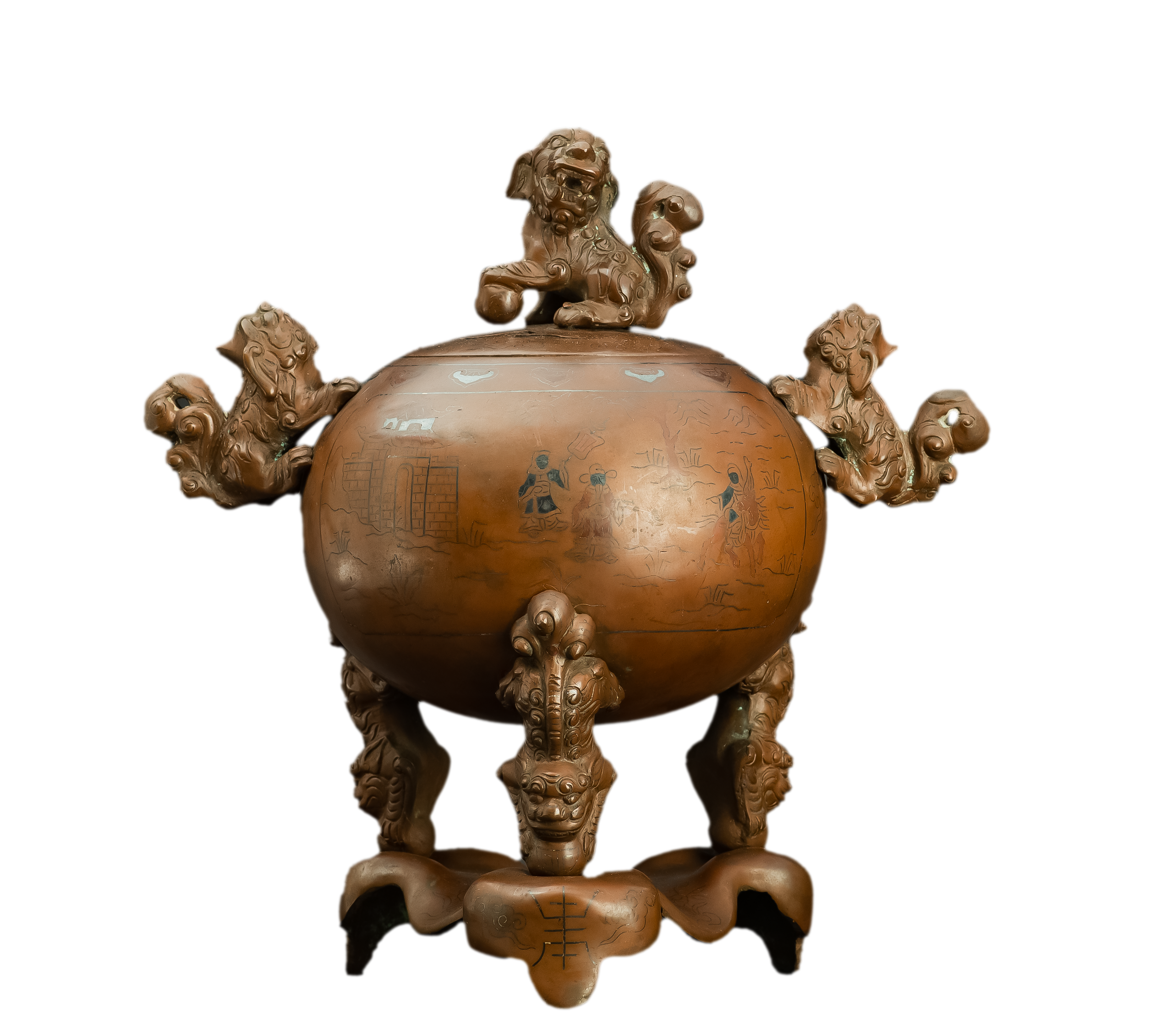
Three-piece bronze incense burner - Vietnam, late 19th century
Source: https://thanhnien.vn/co-dong-ky-quan-mo-kho-bau-co-vat-phuong-dong-185240831220221037.htm








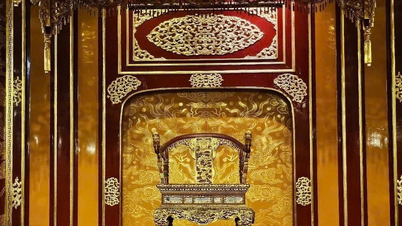



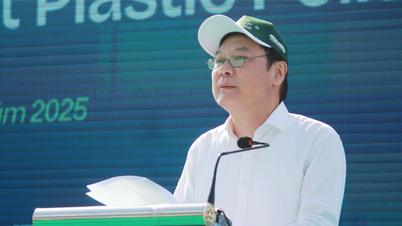


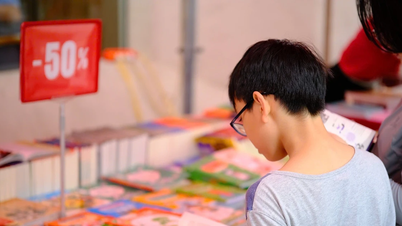









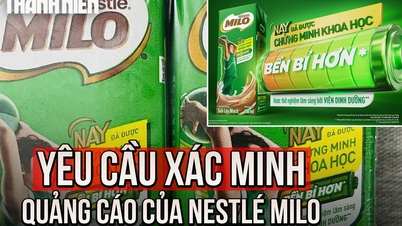

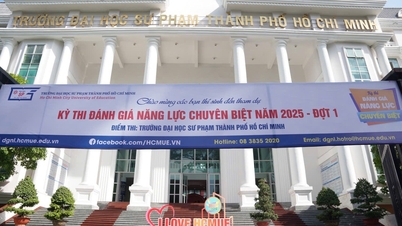


























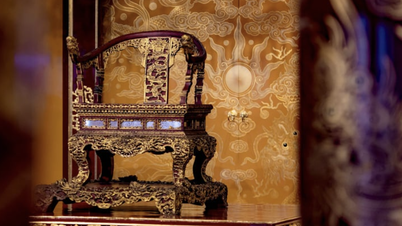














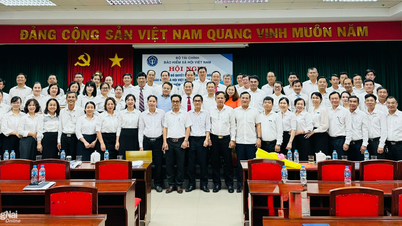



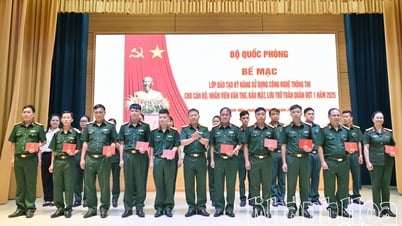







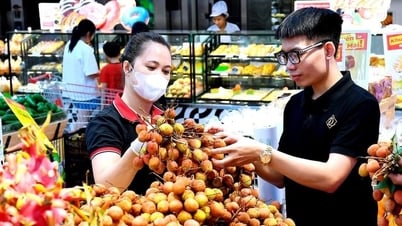










Comment (0)